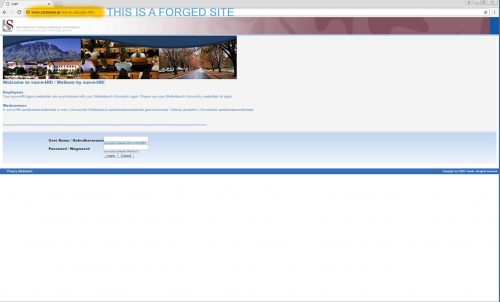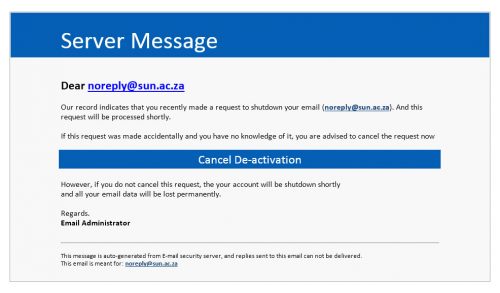According to the US Department of Justice, more than 17 million Americans were victims of identity theft in 2014. EDUCAUSE research shows that 21 percent of respondents to the annual ECAR student study have had an online account hacked, and 14 percent have had a computer, tablet, or smartphone stolen. Online fraud is an ongoing risk. The following tips can help you prevent identity theft.
- Read your credit card, bank, and pay statements carefully each month. Look for unusual or unexpected transactions. Remember also to review recurring bill charges and other important personal account information.
- Review your health insurance plan statements and claims. Look for unusual or unexpected transactions.
- Shred it! Shred any documents with personal, financial, or medical information before you throw them away.
- Take advantage of free annual credit reports. In South Africa TransUnion, Experian and CompuShare can provide these reports.
- If a request for your personal info doesn’t feel right, do not feel obligated to respond! Legitimate companies won’t ask for personal information such as your ID number, password, or account number in a pop-up ad, e-mail, SMS, or unsolicited phone call.
- Limit the personal information you share on social media. Also, check your privacy settings every time you update an application or operating system (or at least every few months).
- Put a password on it. Protect your online accounts and mobile devices with strong, unique passwords or passphrases.
- Limit use of public Wi-Fi. Be careful when using free Wi-Fi, which may not be secure. Do not access online banking information or other sensitive accounts from public Wi-Fi.
- Secure your devices. Encrypt your hard drive, use a VPN, and ensure that your systems, apps, antivirus software, and plug-ins are up-to-date.



